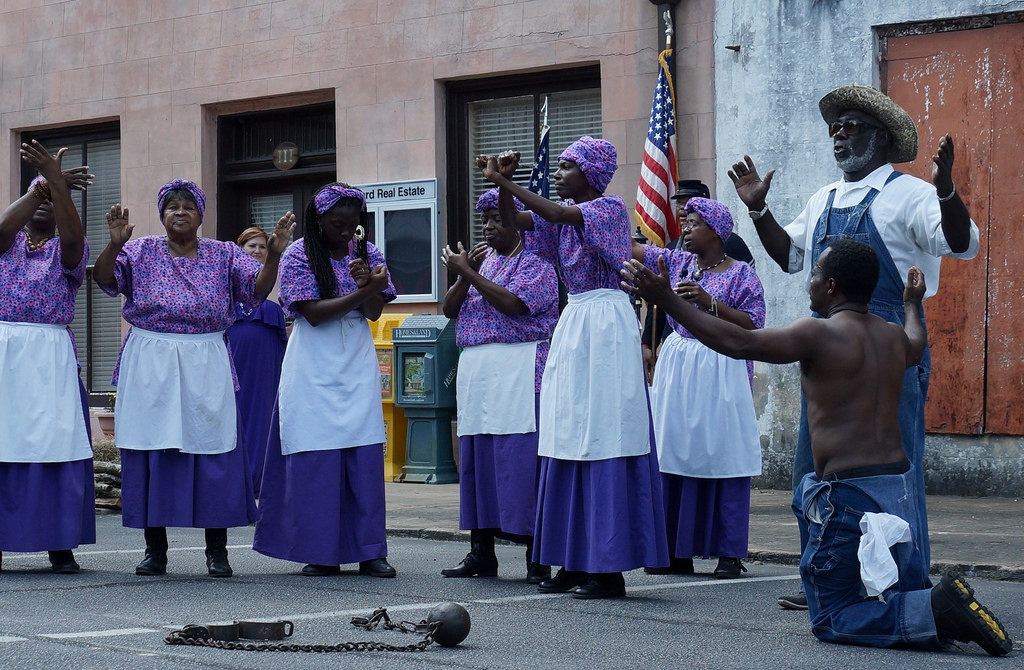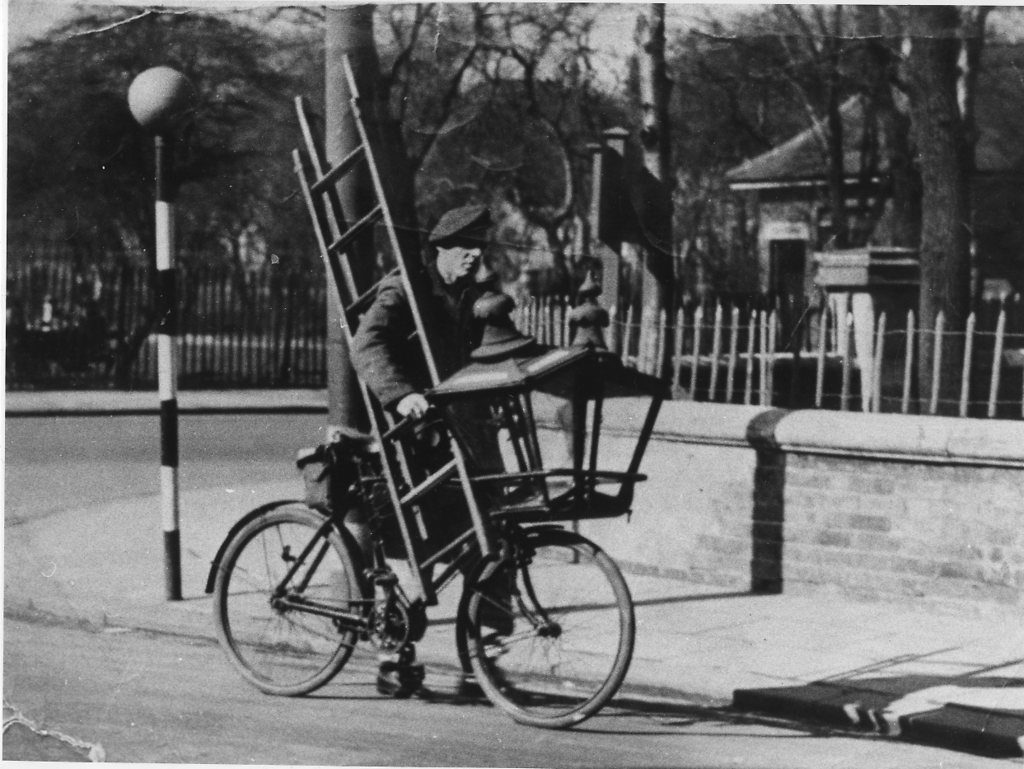There’s Only Transition
 What Gets Learned While Doing Time
What Gets Learned While Doing Time
by Ajahn Sucitto
from Travels in the Middle Land
At the edge of the river’s mouth,
there’s a boat, still stuck and creaking,
in which we all used to doze the days.
This was before the ocean stretched out its arms;
before I inhaled its tang of homelessness,
like a kid sniffing dad’s whisky.
Half drunk, I can still feel the sea-pull.
It sucks me out on a blessing journey–
to be amazed by narwhals and tritons
and buoyed up by each wave’s eloquence.
For years my juices have been trickling out,
trying to eat the fruit in that mouth.
But isn’t this how we all get formed–
chasing the wake of what’s already past us?
And isn’t it true that, even without my ear,
the shell I picked up was always roaring;
and that, even as I open it, a door squeals:
‘Right here is your non-location’ ?
Doesn’t any sail flapping in desultory winds
yawn: ‘Your passion goes just this far.’ ?
There’s only transition, soft like the snow;
it’s drifting from nowhere to nowhere–
and yet each flake, as it falls on the water,
is quietly kissing our prayer beads.
And everything melts into a blessing.
So I don’t have to hunt for some thing.
No more cabins with spying windows.
No more gripping tides. Even the moon
that’s dogged our lives can take a break–
as, out of the compacted silts of mind,
its endless dream-journey, and its truth,
another intention bubbles up.
And, embarrassed by the touch of light,
rides the roll of an incoming wave.
Says this time there’ll be no drowning.
Who can tell? And anyway,
I always wanted to die in beauty.
But perhaps she’s right:
clear reflection has no weight.
As the days discreetly move out,
let the muttering questions go comb the shore.
To get off this boat, one step is enough–
and I float on an ocean of deepening.
At the Threshold
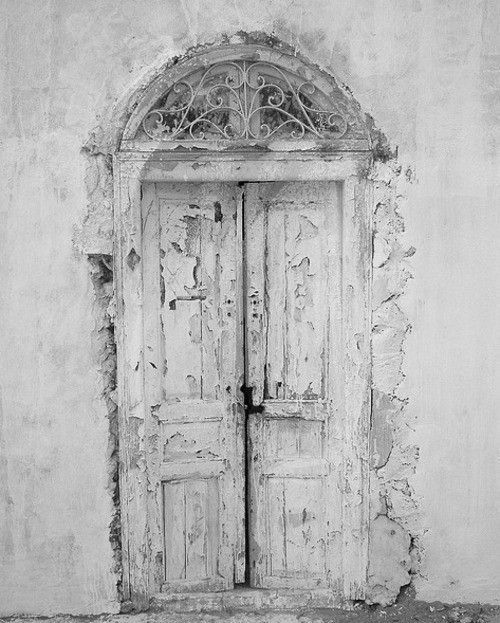 From In the Shadow of Statues: A White Southerner Confronts History, by Mitch Landrieu, which my CDL “White Awake” group will be discussing next month:
From In the Shadow of Statues: A White Southerner Confronts History, by Mitch Landrieu, which my CDL “White Awake” group will be discussing next month:
“Unlike the cursing anonymous voice on a telephone, or the menacing face, or the billy club that split John Lewis’s head in Selma, Alabama at the Edmund Pettus Bridge in 1965, implicit bias is hard to see; implicit bias is a silent snake that slinks around in ways we don’t notice.
“Questions gather at the threshold of transformative awareness. Whom do we sit with at lunch? Who are the kids we invite to our children’s parties? Or look at for honors programs at school? Who do we think of as smart, with good moral fiber, God-loving and patriotic? To whom do we give the benefit of the doubt, and why? Who are the people we condemn most quickly?
“As questions multiply about the consequences of race, it forces you to look in the mirror and see yourself as you really are, not who you’ve been told you are, not who society has made you to be, and not the image you want others to perceive.
“That’s when you start noticing things about yourself you never thought about before. The sight is not always pretty.”
Deliberately More Colloquial
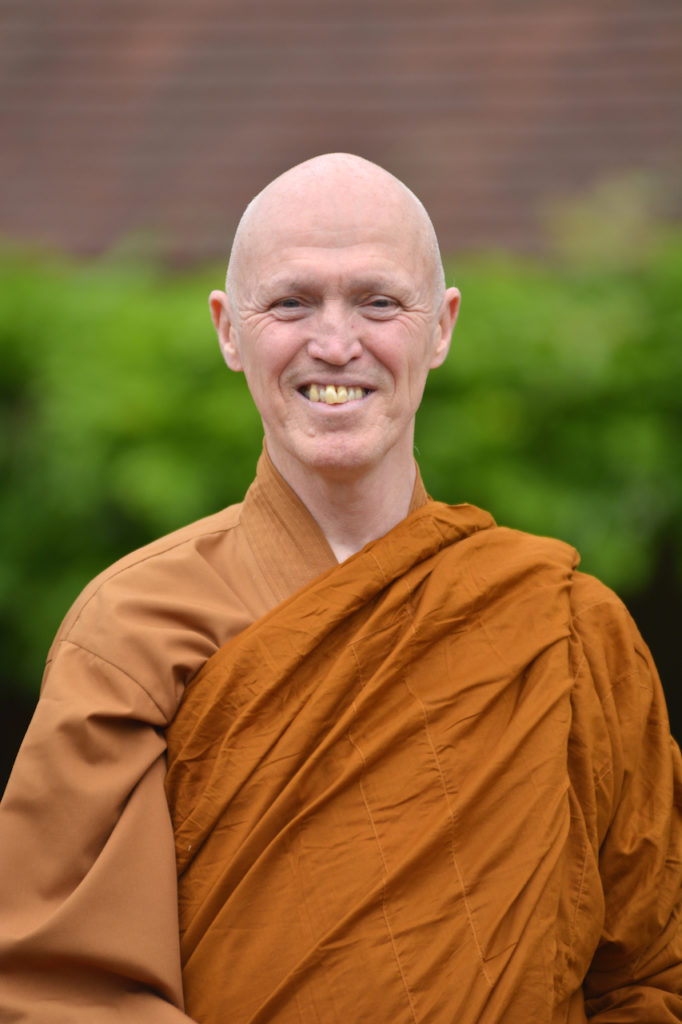 I’d like to share this wonderfully straight-forward translation of the Four Noble Truths from Turning the Wheel of Truth: Commentary on the Buddha’s First Teaching, by Ajahn Sucitto (pictured here).
I’d like to share this wonderfully straight-forward translation of the Four Noble Truths from Turning the Wheel of Truth: Commentary on the Buddha’s First Teaching, by Ajahn Sucitto (pictured here).
“There is a noble truth with regard to suffering. Birth is difficult; aging is hard; dying is painful. Sorrow, grieving, pain, anguish, and despair are all painful. Being stuck with what you don’t like is stressful; being separated from what you do like is stressful; not getting what you want is stressful. In brief, the five aggregates that are affected by clinging bring no satisfaction.
“There is a noble truth concerning the arising of suffering: it arises with craving, a thirst for more that’s bound up with relish and passion and is always running here and there. That is: thirst for sense-input, thirst to be something, thirst to not be something.
“There is a noble truth about the cessation of suffering. It is the complete fading away and cessation of this craving; its abandonment and relinquishment; getting free from and being independent of it.
“There is a noble truth of the way leading to the cessation of suffering. It is the noble eightfold path: namely, right view, right intention, right speech, right action, right livelihood, right effort, right mindfulness, and right concentration.”
***
In the introduction, Sucitto explains: “…since the teaching was given so long ago in a culture different from our own, its wording and allusions can cause us modern readers to stumble. For starters, it’s written in the Pali language, which is an amalgam of various ancient, vernacular Indian dialects. This language of the text is similar to Sanskrit, but is deliberately more colloquial.
“This is because the Buddha chose to teach in the spoken dialects of ordinary people in order to get his message across more readily–not that this helps the modern Westerner. Sanskrit was the literary language, reserved for the upper caste, so by using ordinary language, the Buddha was making the point that his teaching wasn’t philosophical or only for the learned. Instead, it is supposed to reach ordinary people, be matter-of-fact, and accessible.”
***
I think Ajahn Sucitto’s translation goes a long way toward doing just that.
Love in the Water
Wade in the Water
for the Geechee Gullah Ring Shouters
by Tracy K. Smith, U.S. Poet Laureate
One of the women greeted me.
I love you, she said. She didn’t
Know me, but I believed her,
And a terrible new ache
Rolled over in my chest,
Like in a room where the drapes
Have been swept back. I love you,
I love you, as she continued
Down the hall past other strangers,
Each feeling pierced suddenly
By pillars of heavy light.
I love you, throughout
The performance, in every
Handclap, every stomp.
I love you in the rusted iron
Chains someone was made
To drag until love let them be
Unclasped and left empty
In the center of the ring.
I love you in the water
Where they pretended to wade,
Singing that old blood-deep song
That dragged us to those banks
And cast us in. I love you,
The angles of it scraping at
Each throat, shouldering past
The swirling dust motes
In those beams of light
That whatever we now know
We could let ourselves feel, knew
To climb. O Woods–O Dogs–
O Tree–O Gun–O Girl, run—
O Miraculous Many Gone–
O Lord–O Lord–O Lord–
Is this love the trouble you promised?
The Body Infused with Awareness
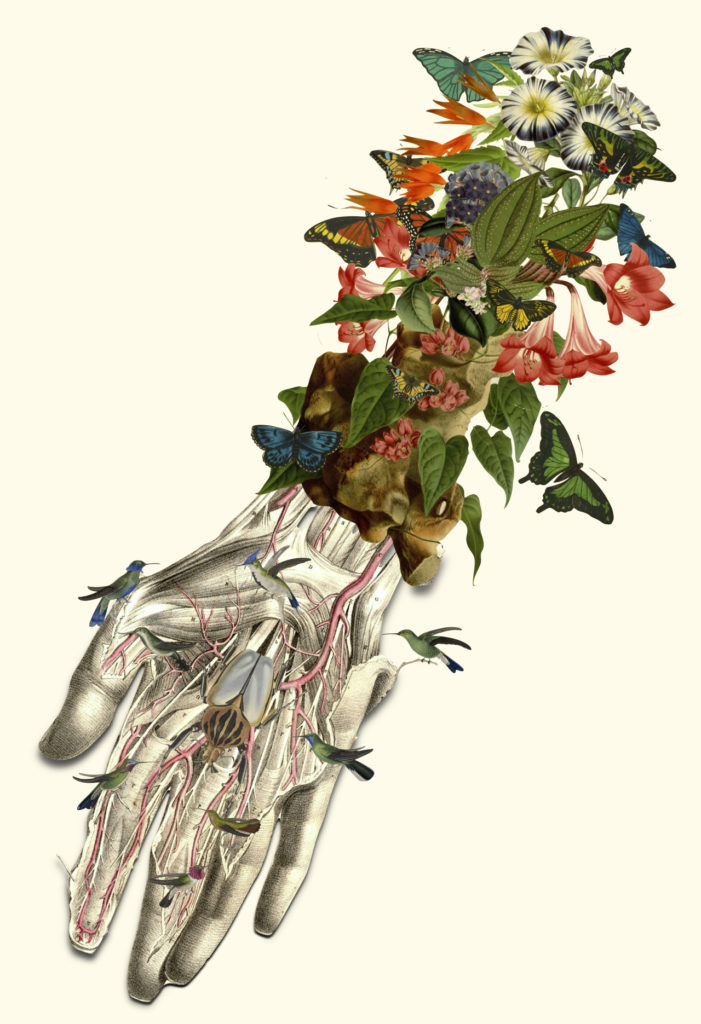 I led the Sunday Sangha sitting group this past weekend in the Metta for the Body mediation, using instructions from Phillip Moffitt’s Daylong Retreat for Experienced Students.
I led the Sunday Sangha sitting group this past weekend in the Metta for the Body mediation, using instructions from Phillip Moffitt’s Daylong Retreat for Experienced Students.
What to try this at home? Here’s the text:
Today we’re going to be doing Loving-kindness as a meditation, but we’re going to be doing it for the body. The body itself. Not for “me,” not for “my” body… The liver is not concerned about being “my liver.” The liver has it’s own experience in it’s “liver-ness.” Not as a self-reflective consciousness. But as an actual experience as having tension or heaviness or whatever various kinds of things that could be going on with the liver. The same with the heart, the lungs… So we are treating each of the body parts as an experience in itself.
We’re not saying oh, I want to “fix my knees.” There’s no judging, comparing, or fixing at all. We’re not trying to do some kind of magic. Rather, we’re building concentration through Metta practice because Metta is a concentration practice. It’s a mantra practice, and all mantra practices – whether they are Hindu or Christian or Buddhist or whatever – are concentration practices. The repetition itself defines a kind of concentration.
The phrases I use are:
May I be safe and feel protected.
May I be happy, just as I am.
May I be healthy and strong.
May I live in the world with ease.
The orientation towards these phrases (what we mean by “safe” and “happy” etc.) is the kind of well-being that can come to the body when the body is infused with awareness. You may feel only the slightest amount of this well-being, or you may feel a lot of it. If we were doing this once a day over many days or if we were doing this all day long, you’d be more likely to feel more of it. But for however long you are doing it, the more relaxed you are, the more you’re able to take it easy with your body — the more you will be able to develop concentration.
But you are keeping your mind on the phrases. You’re not pausing and wandering around in your mind. You are keeping continuity from one moment to the next. It’s one phrase, then the next, the next, the next… We want it to be steady. You can have a changing rhythm – you might start slow and it might speed up, for example – but you are aware of your rhythm, of the pacing, and there’s a continuity within whatever’s going on at the time. So you don’t say one phrase fast and then slow down on the next one. It’s not jerky like that at all. The steadiness is part of what builds the concentration.
You may at times get images of your body as you’re doing this. Those images are fine. They’re not a distraction. But you keep your words in the forefront and let the images be in the background. You may find yourself really getting into the awareness of a particular sensation—some kind of tension in the neck, for example—and thoughts might start to come, like: “oh, this tension is a kind of fear that’s showing up in my neck,” which may be true, but this is not our investigation time. You could do that some other time. But for now, we’re keeping those thoughts in the background. You’re not getting rid of the thought; you’re not denying it; you’re just moving on. Another day you could do it differently, but not now.
We’re going to move through the body. Top to bottom and back up, if you’re comfortable like that. Or else straight down each time, or up each time if you’re more comfortable with that.
You can choose from a number of different ways to do this. Sometimes I only do the organs. Sometimes I’ll only do the bones. Or sometimes I just do whatever comes up as I move from my head down to my feet. You choose whatever you think would work for you.
You can use whatever phrases you’re used to. You can also decrease the number of phrases, if you prefer that. And you can modify them, if that seems right.
For example:
May these knuckles be safe and feel protected.
May these knuckles be happy, just as they are.
May these knuckles be healthy and strong.
May these knuckles live in this body with ease.
Part of doing this practice is really opening to, imagining your body having this well-being. Well-being is relative to what’s possible. I can not imagine well-being as though I were 25 years old. That isn’t within the realm of what’s possible. But I can imagine the various parts of my body as having well-being within the range of their condition right now. And that works quite beautifully. Otherwise you’re getting unreal. You’re falling into magical thinking. And it’s not magical thinking.
There is a feeling of well-being that can develop in the body from doing this, in part just because there’s a kind of deep relaxation going on. And part of it is because energy follows awareness, so you’re energizing the parts of the body, and that energizing is very wholeness for the body. Part of it is that you are letting loose of certain tensions that are held and it’s like doing yoga of the mind for the body. And there’s a mysterious aspect. It’s just mysterious as to why this has a certain well-being-ness to it, but it does mysteriously happen.
Remember, we’re not trying to “get it right.” We’re just looking to experience the experience. There is as little “doing” as possible when we’re “doing” meditation. (Despite all these instructions!) It’s very light.
OK. So let’s start…..
***
I’ve modified this slightly. (For example, I offered the phrases I like to use because Phillip didn’t include his.) If you want to hear Phillip himself, click here. His instructions for this meditation start at about the 1 hr and 50 minute mark.
Us Too
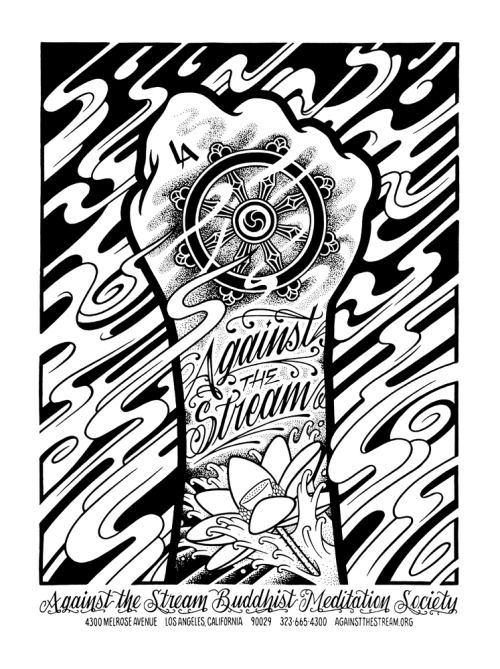 Yesterday the Against the Stream Meditation Society, founded by Noah Levine, released this statement:
Yesterday the Against the Stream Meditation Society, founded by Noah Levine, released this statement:
***
It is with great regret we announce that we have received reports of sexual misconduct by Noah Levine which require an investigation. During the investigative process we are required to suspend Noah’s teaching activities with Against the Stream and his membership on the Board of Directors. We know this announcement may have significant emotional impact on you, as it does on the teachers and staff, and we plan to be of support in whatever way we can. This is a time for the refuge of Buddha, dharma and sangha.
All classes will continue as scheduled. If you have questions, please feel free to call 805-764-1340.
Matthew Brensilver, Vinny Ferraro, JoAnna Hardy, Cheryl Slean, Mary Stancavage
ATS Teachers Council
Heather Briggs, Charles Boyd, Vinny Ferraro, David Francis, Jacqueline Drummond Lewis, Leda Maliga, Brooke Rowland
ATS Board of Directors
Andre Hardy
Executive Director
***
Early this morning Noah responded with this statement:
To all who care about the Refuge Recovery, Against the Stream, Dharma Punx, and affiliated dharma communities:
Many of you received a letter yesterday from Against the Stream. The letter and the action taken by the board are based on a false allegation.
I have spent the last 30 years healing, recovering, and trying my best to help others do the same. I am certainly not a perfect or enlightened person, but I have found in the dharma a path that has led to an embodied honesty and transparency about any shortcomings I have. It is with that same transparency and honesty that I write this letter to make clear that what I am being accused of is absolutely untrue.
Here’s what is happening —
Recently a letter was sent out to members of our community and to undisclosed recipients. The letter contains an allegation made through a third party regarding a woman I was dating who has apparently made a claim that some of our consensual contact was somehow non-consensual. This never happened. All of our interactions were mutual with clear and open communication. The breadth and clarity of our conversations makes this accusation all the more surprising to me and those who know me.
I have made myself available to all involved parties to discuss the matter – not just to deny the allegation, but to make sure that every concern, every question, and every fact is addressed openly and truthfully.
Further, all of the governing bodies of the organizations I am involved with are aware of and responding to the letter. This includes the boards of Against the Stream and Refuge Recovery as well the executive team at Refuge Recovery Treatment Centers. The ethics council at Spirit Rock Meditation Center is also aware of this and will be doing their own inquiry into this accusation. I have also informed my teachers Jack Kornfield and Ajahn Amaro and will continue to be in direct contact with them.
I am doing my best to meet all of this with forgiveness and compassion, bringing mindfulness to all of the unpleasant thoughts, feelings, and sensations that are arising and passing through my heart, mind, and body.
With kindness, compassion, appreciation, and as much equanimity as I can embody in this present moment,
Noah Levine
***
I don’t know any more about the situation than this. It’s upsetting, to say the least. But I am heartened by the fact that there is a system in place for reporting this kind of misconduct, for investigating it, and for responding to it. Lion’s Roar published the story. Click here.
But It’s Invisible
Carrying a Ladder
by Kay Ryan
We are always
really carrying
a ladder, but it’s
invisible. We
only know
something’s
the matter:
something precious
crashes; easy doors
prove impassable.
Or, in the body,
there’s too much
swing or off-
center gravity.
And, in the mind,
a drunken capacity,
access to out-of-range
apples. As though
one had a way to climb
out of the damage
and apology.
Resist Ugliness in the World….
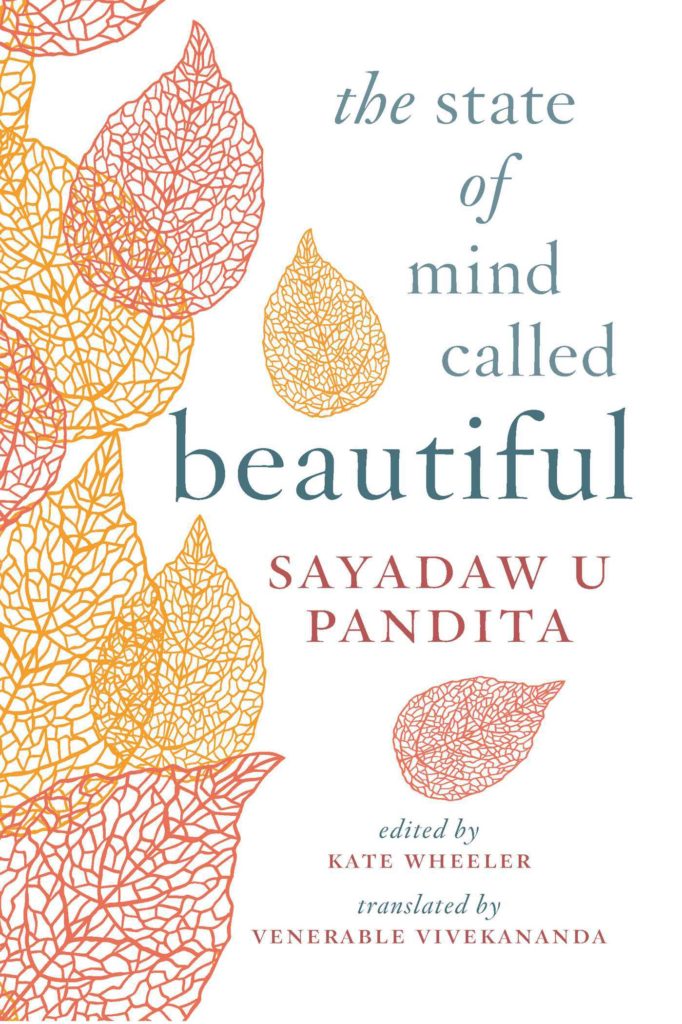 I’d like to recommend another wonderful new book: The State of Mind Called Beautiful, by Sayadaw U Pandita, translated by Ven. Vivekananda, and edited by Kate (Lila) Wheeler (who just happens to be my mentor!).
I’d like to recommend another wonderful new book: The State of Mind Called Beautiful, by Sayadaw U Pandita, translated by Ven. Vivekananda, and edited by Kate (Lila) Wheeler (who just happens to be my mentor!).
Here’s an excerpt from Lila/Kate’s preface:
“The talks in this book were given at a one-month retreat in May 2003 inaugurating the Forest Refuge, the long-term retreat facility at Insight Meditation Society in Barre, Massachusetts…
“The panorama begins with the fundamental teachings. Dhamma, the truth, is what we should do; Vinaya, the discipline, is what we should stop doing. Between these two, our practice is like planting flowers and pulling up weeds.
“It its necessary to do practices that strengthen the mind and heal societies and families, because violence, war, and instability mark our current days. These practices are called the four guardian meditations. They uplift and protect us, and even long-term meditators are asked to practice them.
“But inner actions like mediation are not enough. There must be outer, compassionate activity–with no compromise of ethics. The Earth, he said, appears to be in the control of people who ‘resemble demons more than human beings.’
“Leaders who attempt to control these inhuman beings often sink to the same level themselves. We must resist this, he said. ‘Compassion, he observed, ‘says what needs to be said. And wisdom doesn’t fear the consequences.’
“At the time, his country was subject to a brutal dictatorship, and Sayadaw-gyi publicly supported democratic reforms at great personal risk to himself.
“Next he drilled deep into the fundamental mechanics of how a mind is healed by Dhamma. One of the core teachings of The State of Mind Called Beautiful is the exposition of how and why the Noble Eightfold Path is present in every moment of mindfulness. He also systematizes and concretizes the relationship between morality, concentration, and wisdom in ways that any psychoanalyst would admire.
“Restraint suppresses the physical acting out of impulses. Then outer life is calm, but the tormenting impulses are deeply embedded and likely to remain. Concentration training can divert the mind away from its obsessions. Finally, with sufficient clarity of mind, direct awareness can penetrate to the inherent lack of substance. This is how intuitive wisdom develops and dissolves the pain in the mind.
“‘The defilements are disgusting, dreadful, fearsome, and frightening,’ he thunders.
“Look around at the world. Ask yourself if this sounds right….
“The skills and clarity Sayadaw-gyi taught are indispensable these days, when the Buddha’s starkest teachings about the dangers of samsara are beginning to ring louder than ever before in our lifetime.
“With this in mind, we offer you The State of Mind Called Beautiful.“
No Small Thing
Today I want to point everyone to a fabulous resource for support, encouragement, and really practical help for those of us who all of a sudden (beginning Nov 8, 2016) felt compelled to DO SOMETHING!!!! but didn’t really know WHAT to do or HOW to do it!
It’s a site called: Small Deeds Done and it’s a weekly blog (a Pep Talk!) that’s delightful to read and lovely to look at — and that also includes a task list of timely actions that are ACTUALLY DO-ABLE by previously-non-activist activists (like me).
***
Many thanks to you, my friend, (you know who you are) for turning me on to this site!
Sadhu. Sadhu. Sadhu.
The Adventure Continues
Last Monday, I posted about making a conscious effort to expand my reading habits to include more books written by and/or primarily about people of color. Then on Tuesday I had coffee with a group of friends who were talking about recent movies they’d seen and I realized how few of the movies I go to are about the world of anyone other than white people.
So I decided to break out of that habit and on Thursday, I went to see Black Panther! This is actually WAY outside my habit pattern, since I almost never watch sci-fi or adventure movies.
But I went because I’d already read quite a lot about the Black Panther movie — something I would not have done before waking up to my reading habits. Interestingly, even after reading all the great articles about what an important change this film represents, and what an impact it’s already having on the African-Amerian community, it never occurred to me to actually go SEE it. (This is what happens when habits are so deeply embedded!)
Anyway, I did go to see it. And I enjoyed it. Not the “action-packed-adventure-super-hero” part particularly, but I did love the costumes and the hairdos and the face-paint! And I loved the strong female characters (especially those awesome palace guards!!!) But mostly I loved that I was spending time in a world that wasn’t build around the way I see it.
Which was quite refreshing. I highly recommend it!

